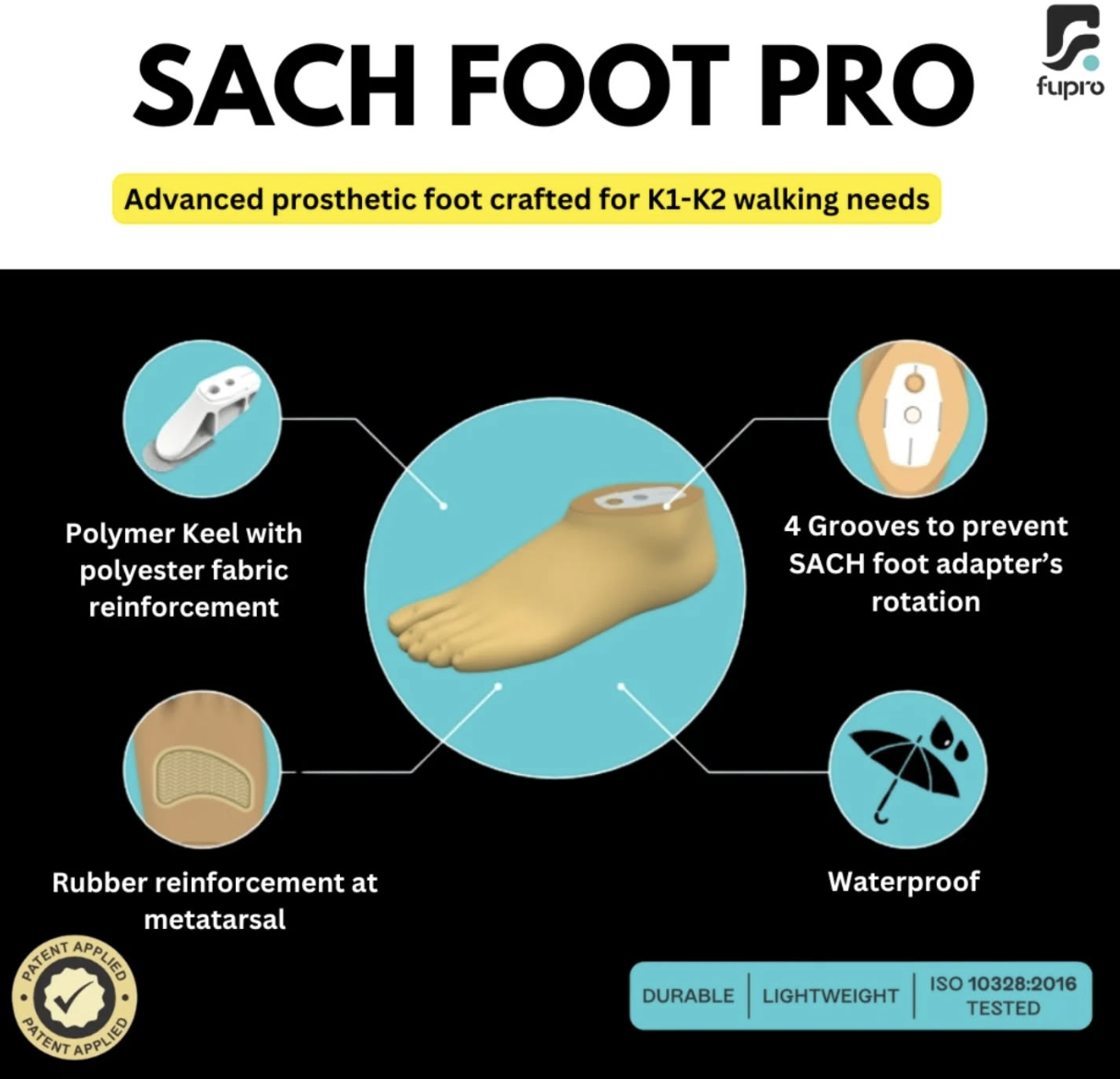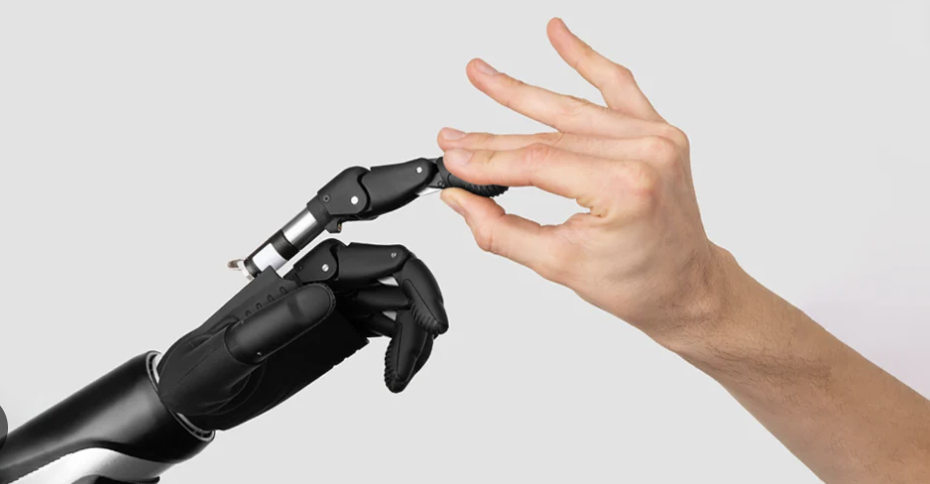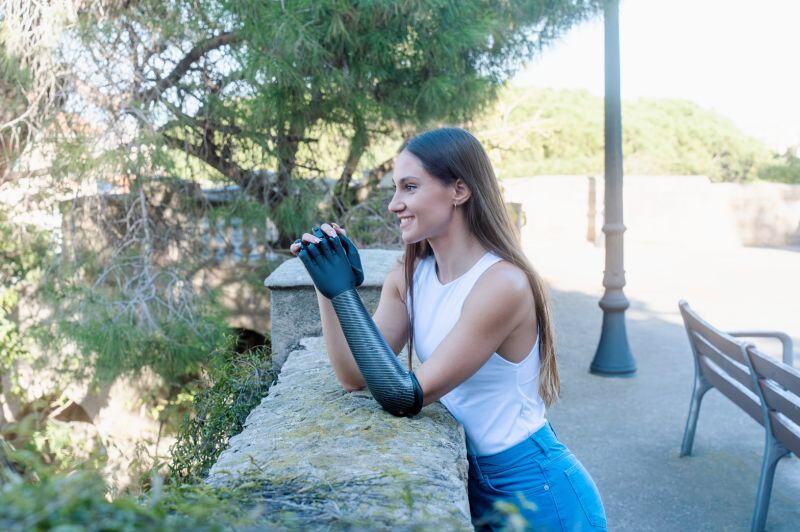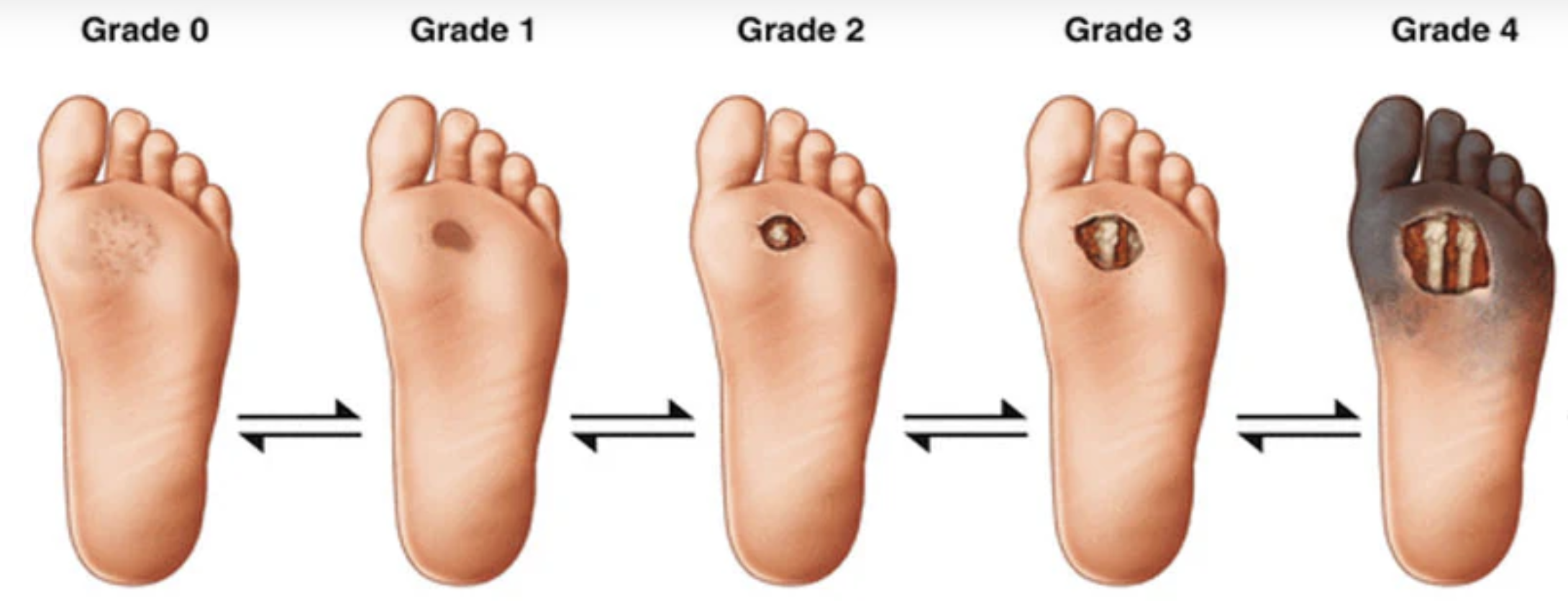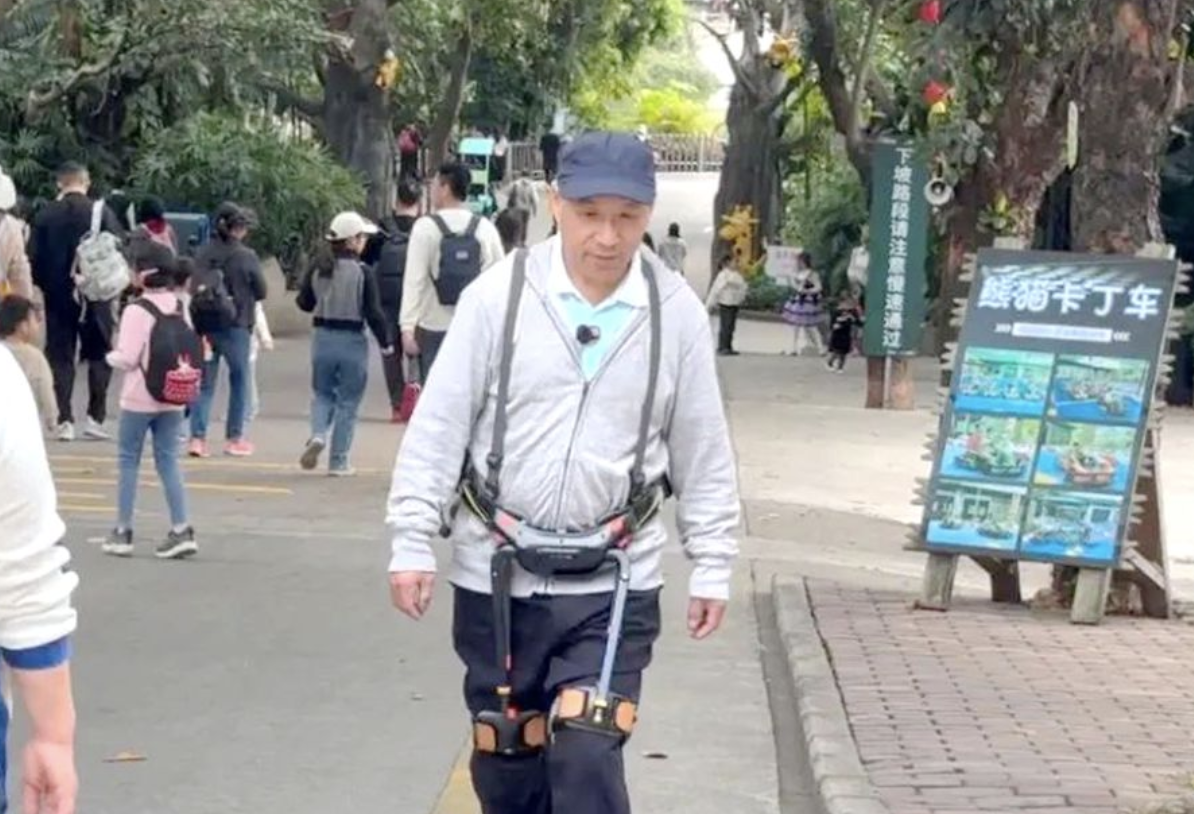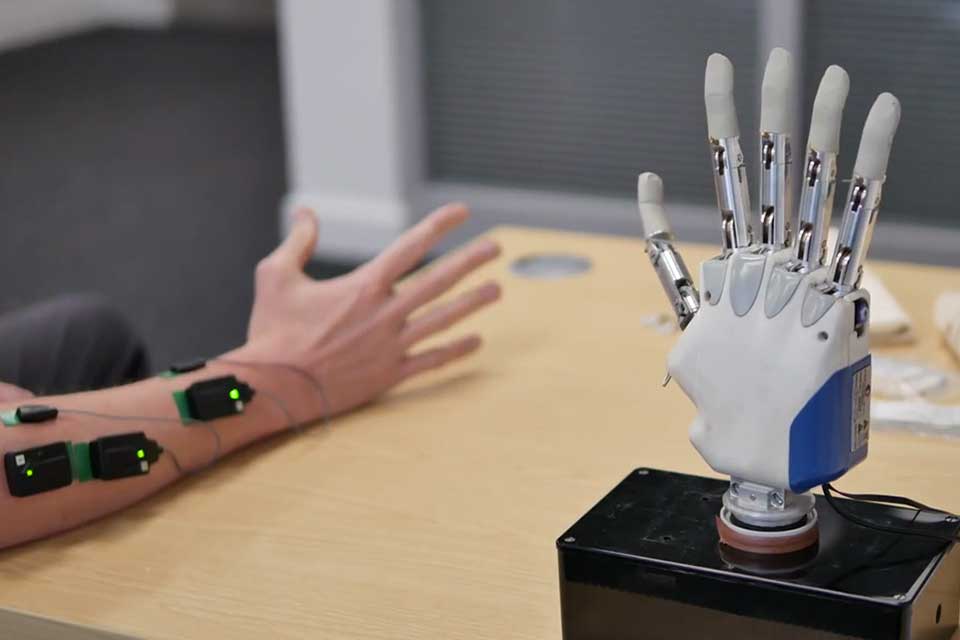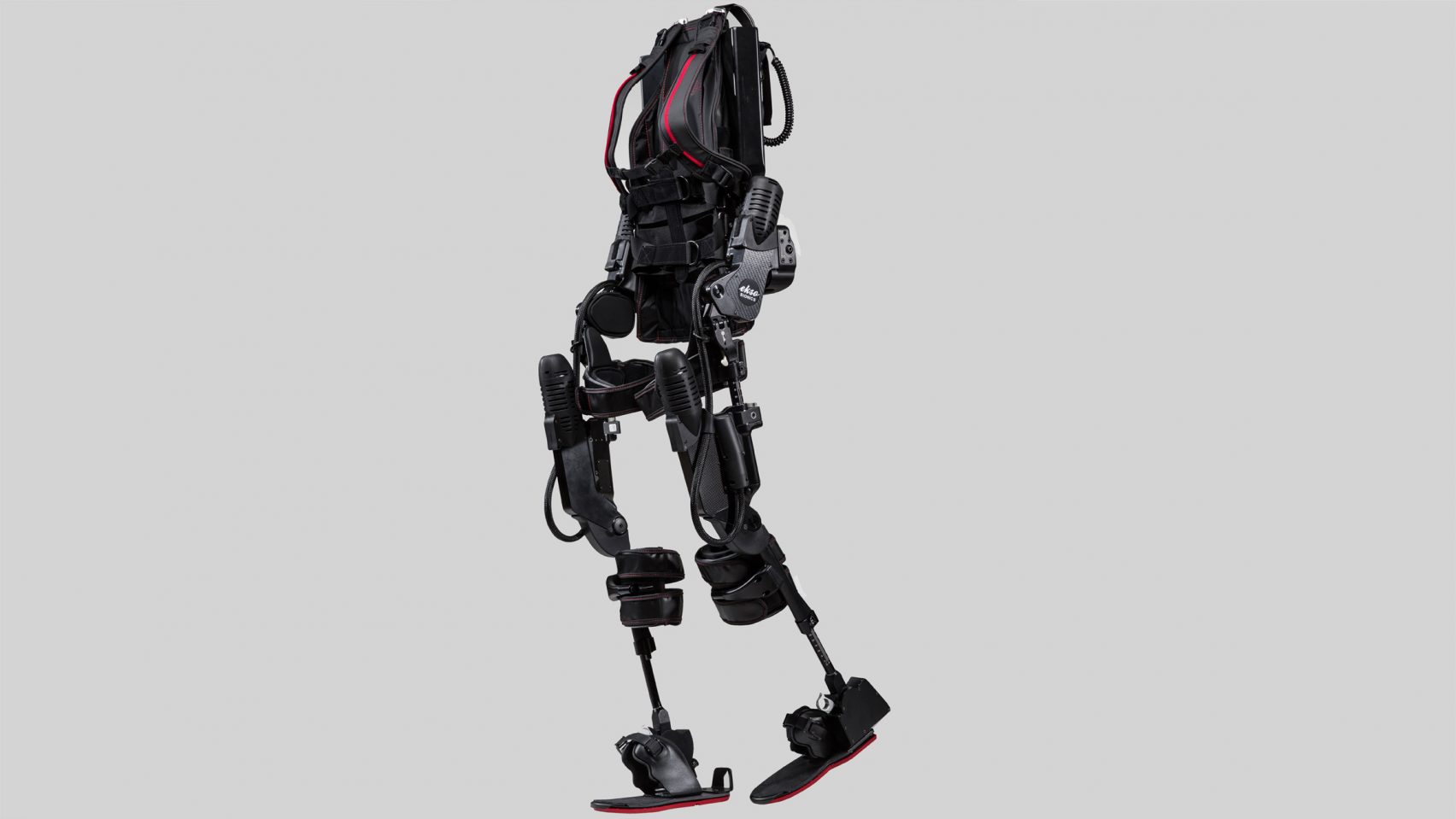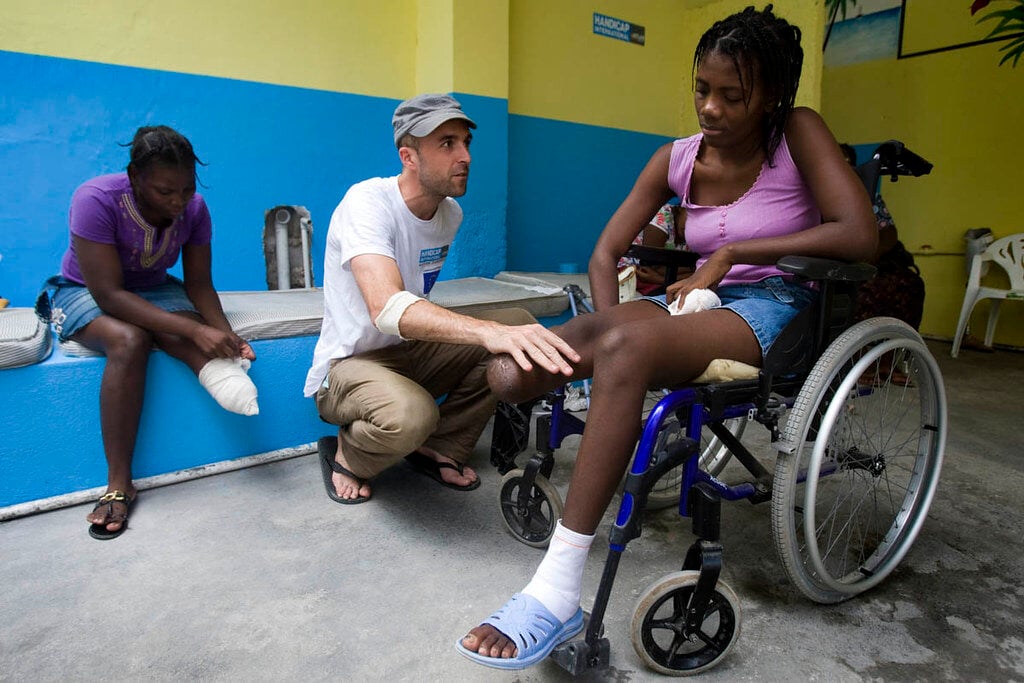Prosthetic technology has created substantial improvements, yet due to its limitations in dexterity and functionality, prosthetic users have not fully been able to conduct the complex motions that they could easily perform.
Fortunately, a study by Florida Atlantic University (FAU) offers promising breakthroughs for revamping the prosthetic experience—to gain control of manipulating several objects.
Prosthetics Limitations And the Call For Change
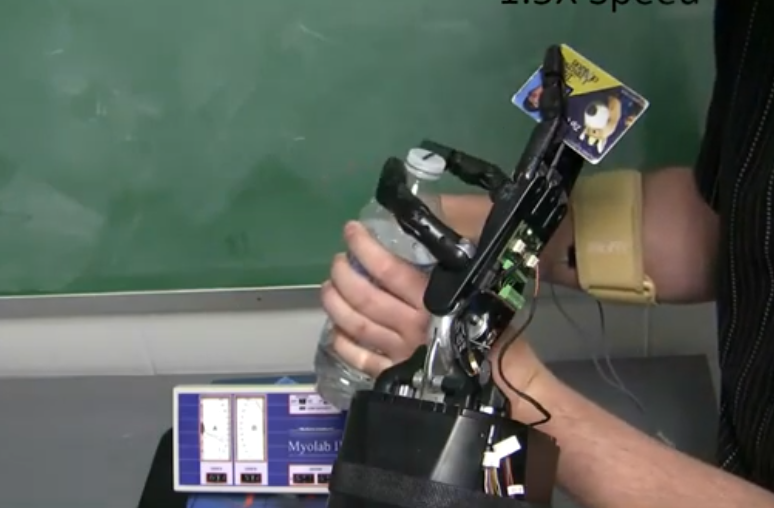
Prosthetic hands have failed for decades to exhibit the same quality of natural hand dexterity. All prosthetics available today perform more or less a single, specific task like gripping. This limitation has made everyday tasks—like typing on a keyboard, braiding hair, or even grasping two objects simultaneously—challenging for users. As a result, there has been an urgent need for new technologies to improve the functionality and versatility of prosthetic hands, Fox News reports.
What FAU Did Was Beyond Impressive
A research breakthrough at the College of Engineering and Computer Science at Florida Atlantic University, in partnership with the Charles E. Schmidt College of Science, has revolutionized the control mechanism for prosthetic hands.
In Scientific Reports, a combination of haptic feedback, electromyogram control, and a wearable soft robotic armband enabled users to simultaneously control the grip forces applied to two objects.
The findings of the experiment were astonishing. Using this technology, participants were able to perform things that would not have been possible with traditional prosthetics.
For example, the participants could pinch a card between their fingers while unscrewing a water bottle lid or flipping a light switch with their little finger-all without letting the objects drop, even if visual feedback was blocked.
Multichannel Soft Robotic Armband Improves Dexterity
The most relevant innovation of the study is in the design and development of the multichannel soft robotic armband, intended for enhancing the touch sense of a user.
The armband was aimed at providing feedback at three salient points where the thumb, index, and little fingers could be sensed through haptic devices.
Adding this haptic feedback was a must for the study's success. Participants felt that tactile sensations were more crucial than visual cues, as it was hard to rely on these latter in ascertaining if an object was going to be lost.
This, in a nutshell, calls for the need to incorporate the feeling of touch in prosthetic designs to make the product more functional.
New Era for Prosthetics: What Does This Mean For Future Design
The implications of this research extend far beyond the immediate benefits for users. The findings suggest a paradigm shift in the design and control of prosthetic hands, with the potential to empower users to engage in complex tasks that were once thought impossible for those with upper limb loss.
Activities such as playing musical instruments, performing delicate surgical procedures, or even mastering fine arts could become accessible to individuals with prosthetic hands.
In addition, the study found that individuals with limb loss performed as well as their able-bodied counterparts in key performance metrics during the tasks. This result highlights the potential for prosthetic technology to not only connect the functional gap but to provide a level of dexterity that matches that of natural hands.


